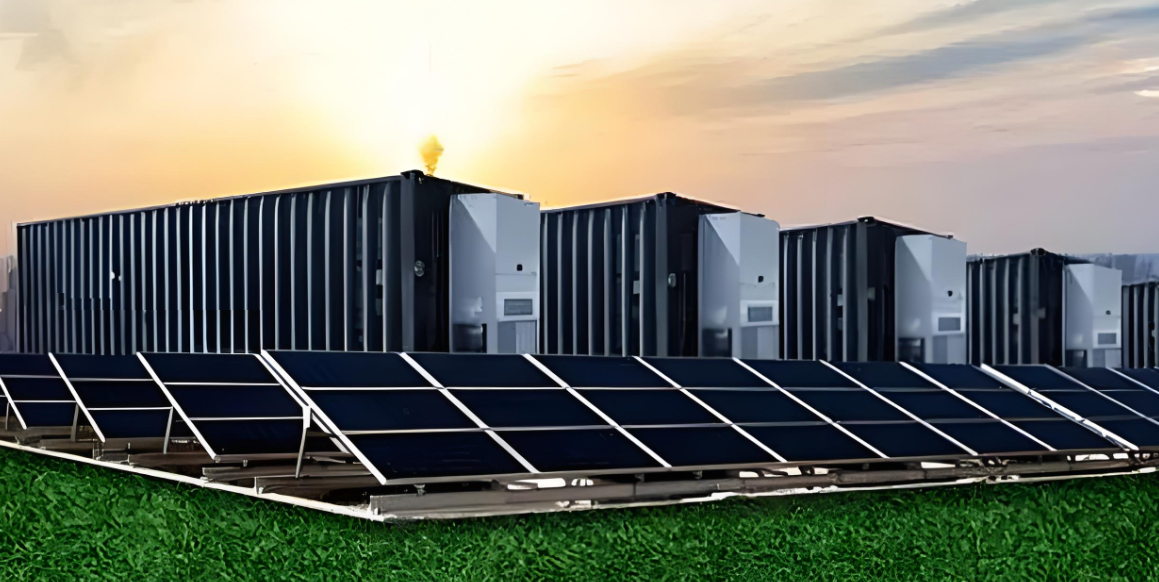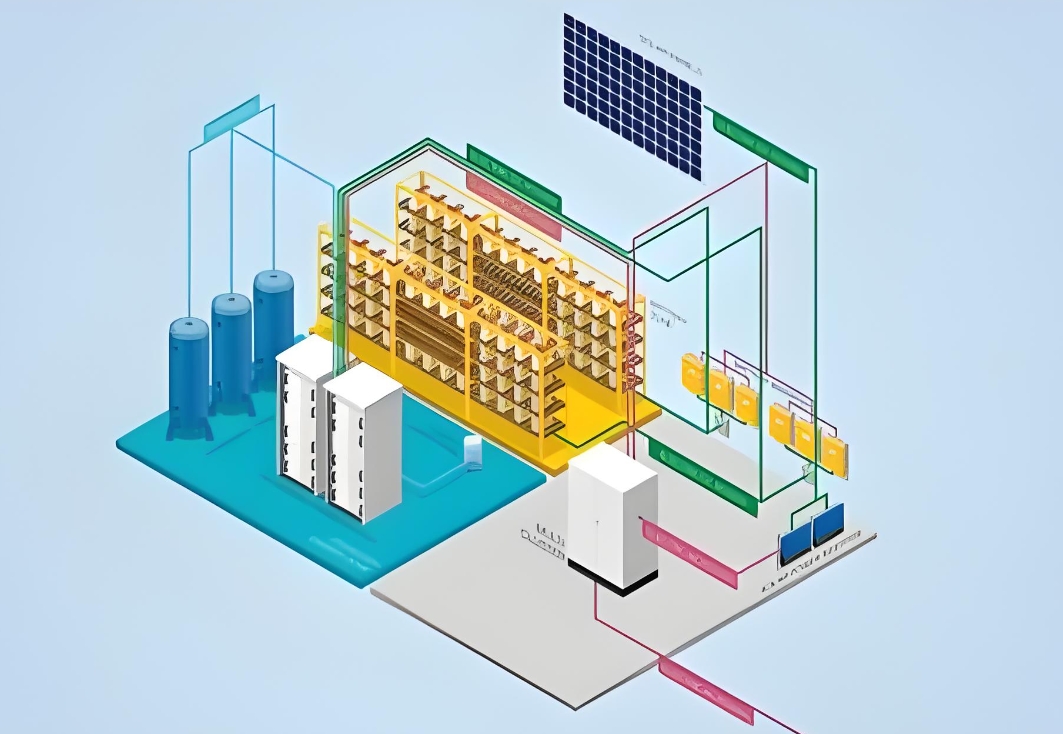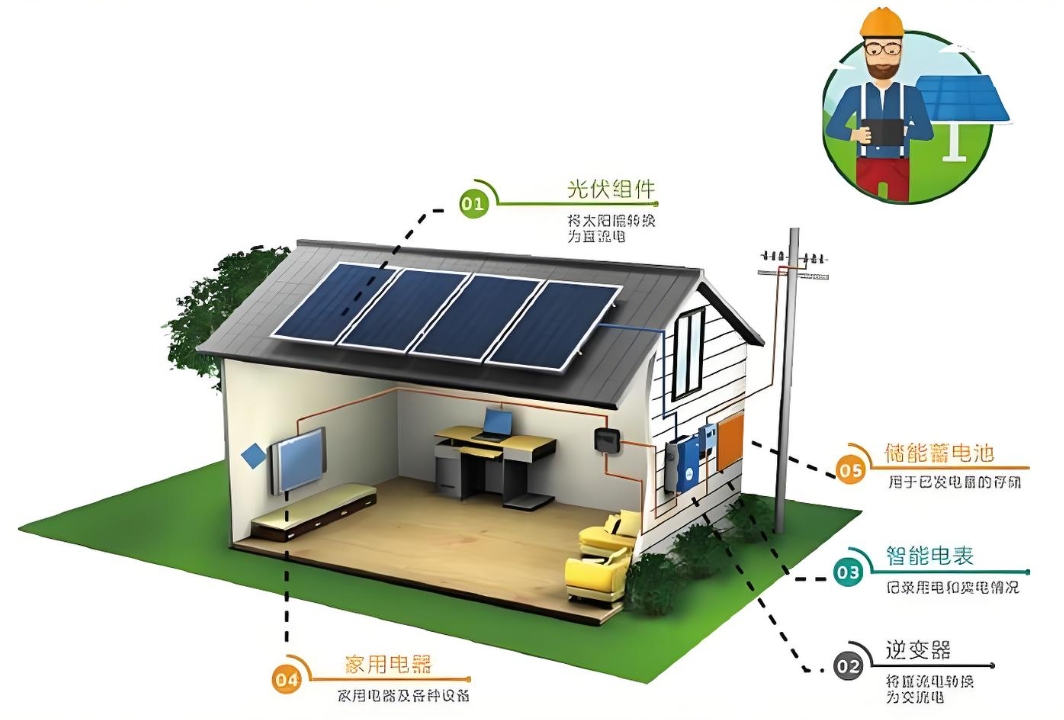Lithium Battery Energy Storage Systems: Powering Outdoor Construction Projects Globally with Sustainable Energy Solutions
Introduction
In remote construction sites from the Australian Outback to the Canadian Rockies, access to reliable electricity remains a critical challenge. Traditional diesel generators—noisy, polluting, and logistically demanding—are increasingly being replaced by lithium battery energy storage systems (LiBESS). These portable, eco-friendly power solutions are transforming outdoor construction projects, offering unmatched flexibility, efficiency, and sustainability. This article explores how LiBESS is becoming the go-to power source for global outdoor construction, with a focus on technical specifications, real-world applications, and cost-effective deployment strategies.
1. The Challenges of Outdoor Construction Power Supply
1.1 Remote Site Limitations
Grid Isolation: 78% of mining sites and 65% of infrastructure projects in Africa/South America lack grid access (World Bank, 2023).
Fuel Logistics: Transporting diesel to Alaska’s Arctic Circle sites costs 3-5x fuel value.
Environmental Regulations: EU emissions laws now penalize construction sites exceeding 65dB noise or 0.5g/kWh particulate emissions.
1.2 Critical Power Needs
Equipment: Electric excavators (e.g., Volvo EC230) require 50-150kWh daily.
Site Facilities: Camp lighting, HVAC, and water purification systems.
Digital Tools: UAV drones, LiDAR scanners, and IoT sensors needing stable 24/7 power.
Case Study: A highway project in Norway’s fjord region reduced diesel consumption by 92% using LiBESS paired with solar, cutting CO2 emissions by 1,200 tons annually.
2. LiBESS Technical Specifications: Engineered for Rugged Performance
A standard 30kW/63kWh lithium iron phosphate (LFP) system exemplifies modern capabilities:
| Component | Specifications | Field Advantages |
| Battery Cells | LiFePO4 chemistry, 6,000 cycles @80% DoD | Fire-safe, operates at -30°C to 60°C |
| Inverter | 3-phase 480V output, 95% efficiency | Powers heavy machinery like pile drivers |
| EMS (Energy Management System) | AI-driven load prioritization | Allocates power to critical equipment first |
| Enclosure | IP66-rated, MIL-STD-810G shock resistant | Survives desert sandstorms/arctic blizzards |
| Connectivity | 5G/Starlink compatible monitoring | Real-time diagnostics from Berlin to Botswana |

3. Global Deployment Strategies
3.1 Modular Configuration Examples
- **Solar-Hybrid Mining Camp (Chile Atacama Desert)**
- 4x 63kWh LiBESS units + 120kW solar array
- Powers 20 container homes + 3 electric bulldozers
- 100% energy independence achieved
3.2 Disaster Recovery (Florida Hurricane Zones)
- Truck-mounted 63kWh systems
- Restores communication towers within 45 minutes
- FDA-compliant medical storage compartments
3.3 Arctic Oil Pipeline Maintenance (Alaska)
- Heated battery cabinets (-40°C operation)
- Helicopter-transportable 30kW units
- 300% faster deployment vs. diesel alternatives
4. Cost-Benefit Analysis: Beyond Initial Investment
4.1 Total Cost of Ownership Comparison (5-Year Horizon)
| Cost Factor | Diesel Generator | LiBESS + Solar |
| Fuel/Energy | $152,000 | $0 (solar) |
| Maintenance | $28,500 | $6,200 |
| Carbon Taxes | $45,000 (EU) | $0 |
| Noise Pollution Fines | $15,000 (Urban sites) | $0 |
| Total | $240,500 | $6,200 |
4.2 Financing Models Gaining Traction
Energy-as-a-Service (EaaS): $0 upfront, pay $0.35/kWh used (common in Southeast Asia PPP projects).
Lease-to-Own: 24-month leases at $1,200/month for 63kWh systems.
5. Compliance & Safety: Meeting International Standards
- **Certifications**: UL9540 (USA), CE (EU), RCM (Australia), IEC62619 (Global).
- **Safety Tech**:
- Gas emission sensors triggering automatic shutdown.
- Fire-resistant ceramic separators between cells.
- Blockchain-based maintenance logs for audits.
6. Environmental Impact: Building a Greener Future
- **Emission Reductions**: 1x 63kWh system = Removing 14 ICE vehicles from roads annually.
- **Circular Economy**: 92% battery recyclability rate via companies like Redwood Materials.
- **Biodiversity Protection**: Silent operation preserves wildlife habitats—critical for projects near Amazon reserves or Serengeti parks.
**UNEP Case Study**: Kenya’s LAPSSET corridor project used LiBESS to protect elephant migration routes, reducing ecological disruption by 40%.
Conclusion
Lithium battery energy storage systems are redefining power accessibility in global outdoor construction. From enabling all-electric gold mines in Peru to ensuring zero-emission stadium builds in Qatar, LiBESS combines technological innovation with environmental stewardship. As renewables penetration reaches 34% in construction energy use (IEA 2025 projection), these systems aren’t just powering job sites—they’re driving the industry’s sustainable transformation. For contractors seeking resilient, compliant, and future-ready power solutions, the equation is clear: lithium batteries are no longer an alternative; they’re the new standard.



